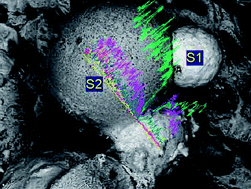Porous biocompatible implants and tissue scaffolds synthesized by selective laser sintering from Ti and NiTi
Abstract
An investigation of the technical aspects of producing sufficiently high strength porous biocompatible medical implants and tissue scaffolds from nitinol or pure titanium using selective laser sintering/melting (


 Please wait while we load your content...
Please wait while we load your content...